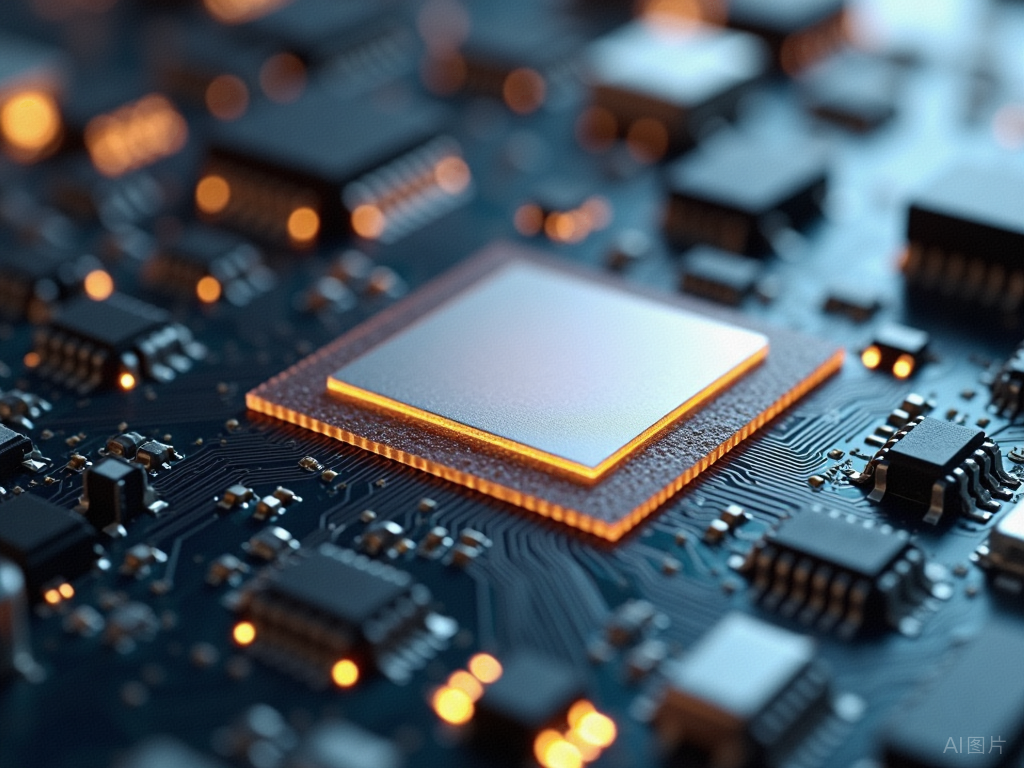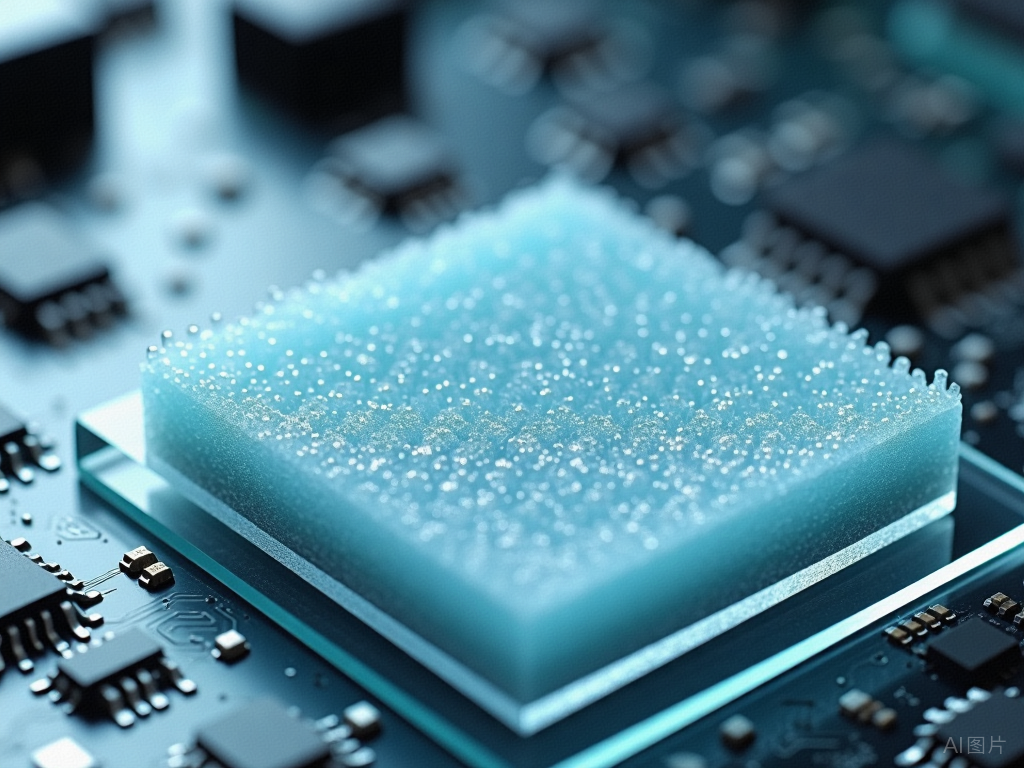Click the blue text to follow us
To prevent getting lost, please make sure to “star” us after following 🌟!
Latest Major Release:
Shelly Talks AI: Annual Outlook: In-depth Reflection on Key Events in AI and Social Development by 2025 (One article per year, over ten years)
In the past two weeks, the global trade war initiated by Trump on behalf of the United States has captured significant attention.
After several rounds of negotiations, the tariff rates were set at 125%: 145%. Following this, China emphasized the taxation standards for chips (including AI chips).The tariff calculation for chips does not consider the brand nationality or packaging location, but only the chip’s “tape-out location”.
What is Tape-Out?
Imagine the process of an architect turning design blueprints into a physical building. Tape-out is the first trial production where chip designers convert circuit diagrams into physical chips, requiring the “sculpting” of hundreds of millions of transistors onto a silicon wafer. Engineers first complete the design using Electronic Design Automation (EDA) tools, then use photolithography to etch nanoscale circuits onto the wafer.

This process is akin to sculpting a skyscraper on a strand of hair; if even one transistor is incorrect, the entire batch of chips will be scrapped. In 2020, a domestic CPU’s tape-out failure resulted in a direct loss of 260 million yuan, which is why tape-out is referred to as the “silicon-based gamble”.
Can NVIDIA Remain Unscathed Under Tariff Rules?
NVIDIA’s CEO Jensen Huang is likely studying a map in his office: their GPUs are primarily tape-out in Taiwan, and the 125% tariffs imposed by China on the US seem to temporarily bypass their products.This is like a heavy rain; others are drenched, but he just happens to have an umbrella.

But don’t rush to applaud. The actions of the Trump administration can be described as “contradictory performance art”: on one hand, allowing NVIDIA to sell “stripped-down” H20 chips to China, while on the other hand threatening TSMC with a “100% tax if they do not build factories in the US”. Offering candy with one hand while wielding a knife with the other, Huang’s rollercoaster experience is far from over.
On the surface, NVIDIA’s chips are mostly tape-out in Taiwan, avoiding US origin determination and thus facing little tariff pressure. If TSMC shifts the tape-out location of chips sold to China to the US, regardless of where the chip is packaged, the tariff will become 125%.
Price Increase Pressure: Short-term Manageable, Long-term Uncertain
In the short term, NVIDIA’s price increase may be limited. Morgan Stanley estimates that even if the tax rate rises to 32%, the direct impact on data center business would only be about 6%, and supply chain shifts could further cushion this. The $16 billion H20 orders being snapped up by Chinese manufacturers also support short-term demand.
However, long-term risks cannot be ignored. If the US-China tariff war escalates, supply chain costs will inevitably rise. For example, if TSMC faces increased costs due to pressure to build factories in the US, the chip foundry prices for NVIDIA could rise significantly.
The “Substitution Effect” in the Chinese Market is Quietly Accelerating
Domestic chips like Huawei’s Ascend 910B and Cambricon are gradually eating into NVIDIA’s market share. In ByteDance’s procurement plan for 2025, 60% of the budget is allocated to domestic chips, while the NVIDIA special version only accounts for 40%. Although there is a performance gap, geopolitical factors are forcing companies to “vote with their feet”.
The popularity of the DeepSeek open-source model has further made the industry realize:Computing power demand does not necessarily rely on top-tier chips. High cost-performance “sufficient” solutions are challenging NVIDIA’s technological dominance. Huang’s lobbying to Trump to preserve H20 sales rights precisely exposes this anxiety.

Conclusion: Price Increase is a Difficult Choice
NVIDIA’s GPU prices may remain stable in the short term due to supply chain flexibility and tariff exemptions, but the long-term trend depends on the tug-of-war of three forces:the fluctuations of tariff policies, the pace of domestic substitution, and the changes in global AI computing power demand.
Don’t forget, there are “black swans” lurking in this game. For instance, the separate tax policies for the chip industry that Trump is drafting, or China’s rare earth export controls that could choke the semiconductor lifeline. Huang must calculate the “political costs” and “economic costs” with every move on his chessboard.
So returning to the initial question: Will NVIDIA GPUs increase in price? The answer may be —very difficult. After all, the domestic brands in the hands of Chinese customers are far more concerning than tariffs.
Recent Hot Topics
1. Shelly Talks AI: Annual Outlook: In-depth Reflection on Key Events in AI and Social Development by 2025 (One article per year, over ten years)
2. How powerful is Google’s latest AI chip, can NVIDIA hold its ground?
3. Is it a joke that the tariff rates proposed by President Trump were drafted by AI?
